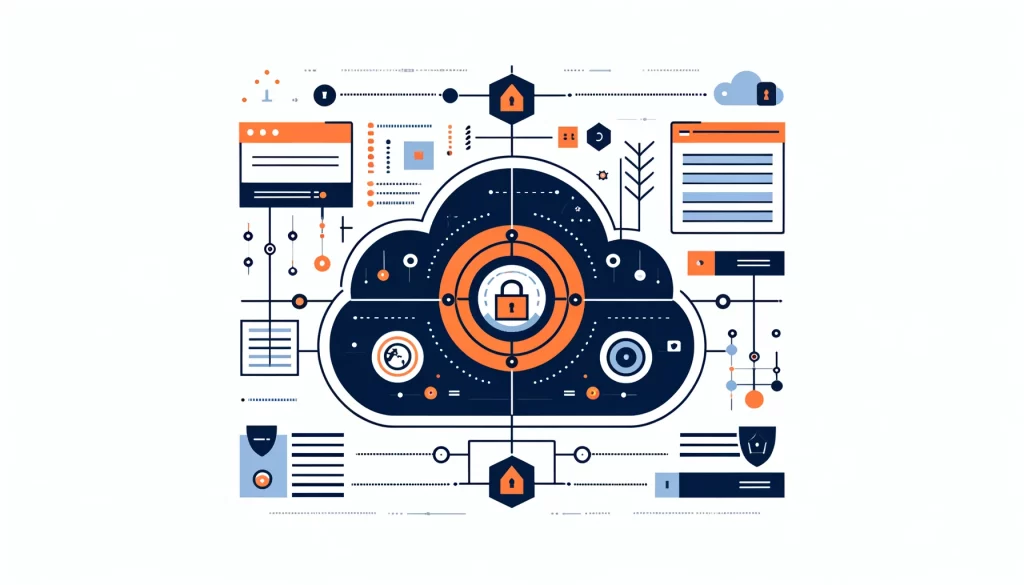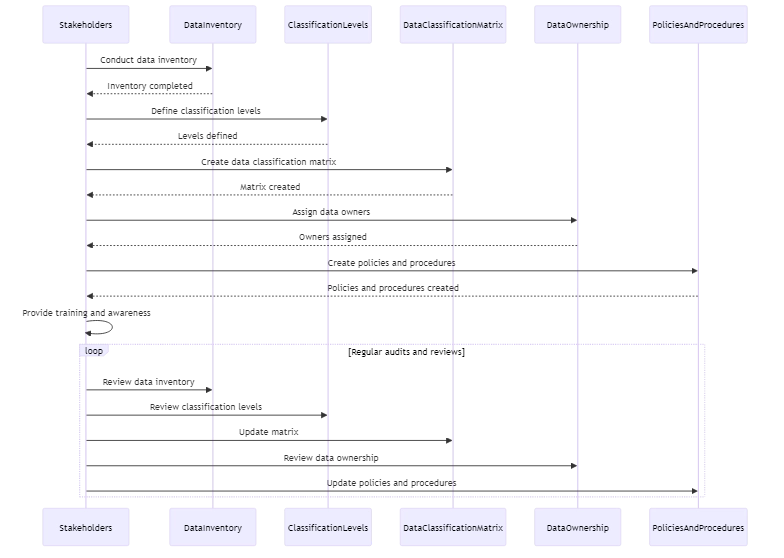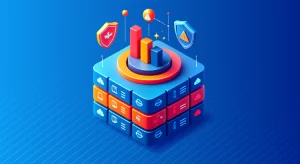
Data Classification Framework: What Is It & What Are The Benefits

Introduction
In today’s data-driven world, organizations handle massive volumes of information on a daily basis. Ensuring the security, integrity, and proper management of this data is crucial for maintaining business operations, meeting regulatory requirements, and protecting sensitive information. This is where a well-designed Data Classification Framework comes into play.
By categorizing data based on its sensitivity and criticality, organizations can implement appropriate security controls and access policies. This article explains Data Classification Frameworks, including their main parts, best practices, and real-life examples.
Understanding Data Classification Frameworks
A Data Classification Framework is a structured approach to categorizing an organization’s data assets based on their sensitivity, value, and criticality. It involves assigning data to predefined categories or levels, each with specific security requirements and handling procedures. The primary goals of a Data Classification Framework are to:
- Identify and prioritize sensitive data
- Apply appropriate security controls based on data sensitivity
- Ensure compliance with regulatory requirements
- Facilitate efficient data management and governance
By implementing a Data Classification Framework, organizations can make informed decisions about data protection, access control, and risk management.
Key Components of a Data Classification Framework
When developing a Data Classification Framework, you should consider several key components:

- Data Inventory: Conduct a thorough inventory of all data assets, including structured and unstructured data, across various systems and repositories.
- Classification Levels: Define clear and distinct classification levels based on data sensitivity. Common levels include Public, Internal, Confidential, and Restricted.
- Data Classification Matrix: Create a matrix that maps data types to classification levels. This matrix serves as a reference guide for consistent data categorization.
- Data Ownership: Assign data owners who are responsible for classifying and managing data within their respective domains.
- Policies and Procedures: Create rules for how to manage, access, and safeguard data according to its classification level.
Here’s an example of a simple Data Classification Matrix:
Data Type Public Internal Confidential Restricted Financial Records X Customer PII X Marketing Content X HR Documents X
This matrix displays the privacy levels of different types of information. We maintain financial documents confidentially. Client data is limited. Promotional materials are publicly accessible. HR files are exclusively for in-house use.
Balancing Security and Convenience
When implementing a Data Classification Framework, it’s essential to strike a balance between security and convenience. While stringent security controls are necessary for sensitive data, overly restrictive measures can hinder productivity and user experience. Consider the following best practices:
- Apply the principle of least privilege, granting access only to those who require it for their job functions.
- Implement role-based access control (RBAC) to ensure that users have appropriate permissions based on their roles and responsibilities.
- Use encryption for data at rest and in transit, especially for Confidential and Restricted data.
- Regularly review and update access privileges to maintain the principle of least privilege.
Best Practices and Strategies
To ensure the effectiveness of your Data Classification Framework, consider the following best practices and strategies:
- Engage stakeholders from various departments, including IT, security, legal, and business units, to gain a comprehensive understanding of data requirements and sensitivities.
- Provide training and awareness programs to educate employees about the Data Classification Framework, their responsibilities, and proper data handling procedures.
- Automate data classification processes where possible, leveraging tools and technologies to consistently apply classification labels and metadata.
- Conduct regular audits and reviews to ensure the accuracy and effectiveness of data classification.
- Integrate data classification with other security controls, such as data loss prevention (DLP) and access management systems.
Here’s an example of how you can apply data classification in practice:
Suppose an organization has a customer database containing sensitive PII. Authorized personnel only have limited access to the database classified as Restricted. When a worker tries to get into the database, they must give more proof of who they are, like using MFA. Also, the system automatically marks any information taken from the database as Restricted and encrypts it before sharing/storing.
Importance of Data Classification Frameworks
Implementing a Data Classification Framework is crucial for several reasons:
- Regulatory Compliance: Many industries have specific regulations governing data protection, such as GDPR, HIPAA, or PCI DSS. A well-defined Data Classification Framework helps organizations meet these regulatory requirements by identifying and securing sensitive data.
- Risk Management: By organizing data based on sensitivity, organizations can lower the risk of data breaches, unauthorized access, and data loss. They can also implement appropriate security measures to further manage these risks.
- Efficient Resource Allocation: Data classification allows organizations to prioritize security efforts and allocate resources effectively. By focusing on protecting the most critical and sensitive data, organizations can optimize their security investments.
- Improved Data Governance: A Data Classification Framework helps organizations manage data by creating clear policies, procedures, and ownership for data assets.
Conclusion
Organizations need a strong Data Classification Framework. It helps protect their data and comply with regulations. It also enables smart choices about data security and management.
Organizations can create a plan to keep their data safe and easily accessible by understanding data classification. This plan will also ensure the confidentiality, integrity, and availability of the data.
DataSunrise offers tools for managing data, including security, audit rules, masking, and compliance. These tools make it simple to implement a Data Classification Framework. Their comprehensive solutions can help organizations streamline their data classification processes and ensure the highest levels of data protection. For more information, you can contact our team and schedule an online demo session.
